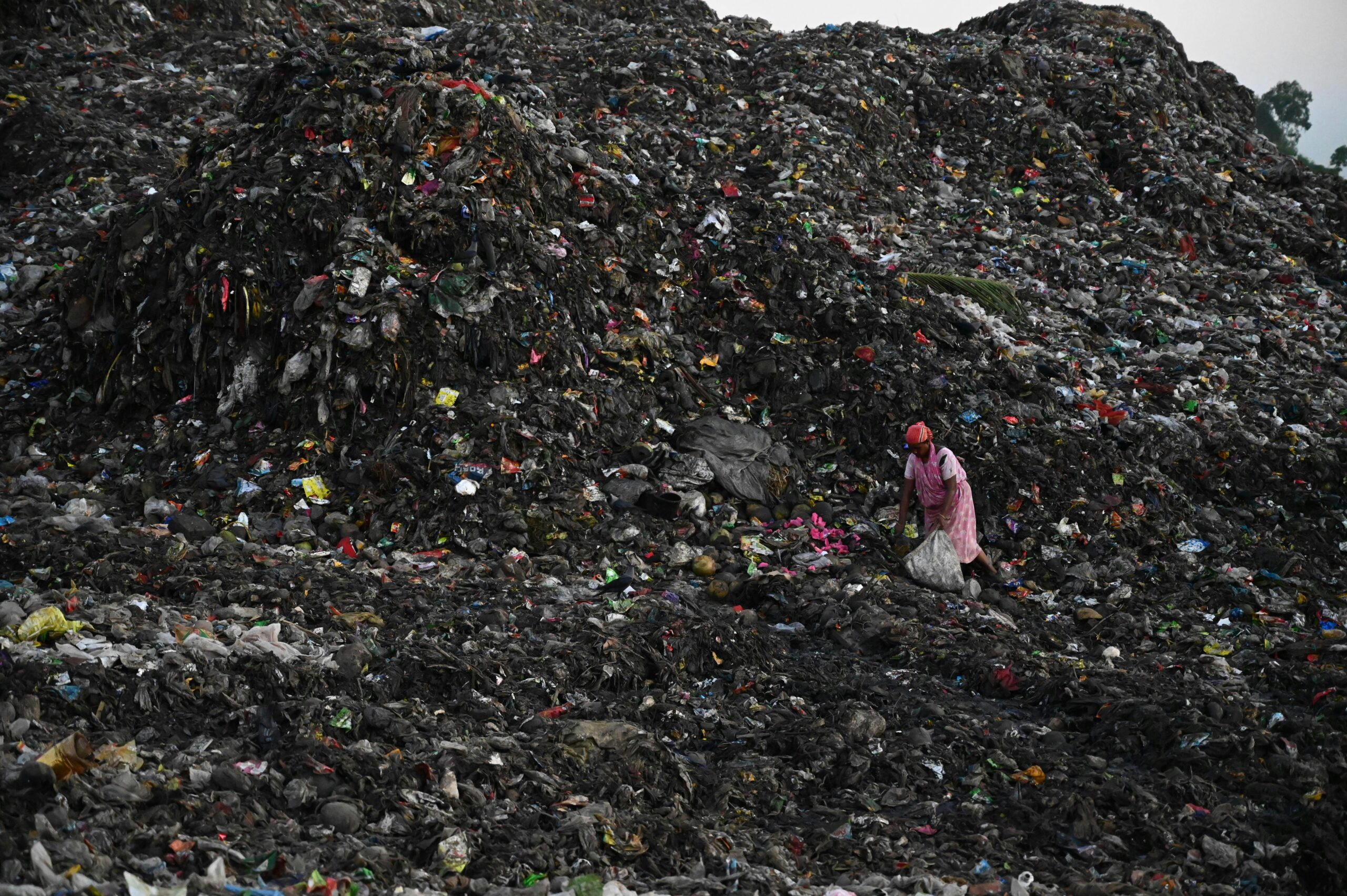PhotoCredit: Mumtahina Tanni.
It was just another day when I decided to meet a friend at a restaurant. As we stood at the counter, placing our orders, the waiter handed us a small device that instantly caught my attention. It looked remarkably like an old-school pager, not something that matched the decor of a modern 21st-century restaurant. But instead of receiving messages, this little gadget was designed to light up and buzz when our food was ready to collect. As I held the buzzer, eagerly waiting for it to signal that our meal was ready, I couldn’t help but contemplate how far we’d come. A few years ago, the idea of using such a device in a restaurant would have seemed incredibly futuristic. Now, it was just an ordinary part of the dinner experience. This small, unassuming piece of tech sparked a moment of reflection in me on how the innovations we once marvelled at have quietly integrated into the rhythm of our daily routines.
From the moment we wake up, we have already begun our day with the familiar beep that pulls us from sleep. Within seconds, we check messages, emails, and the latest news, all with a swipe of a finger. As we move through our morning routine, we turn to our microwave ovens to quickly heat breakfast, turn on the radio, listen to a podcast, and brush our teeth with an electric, timed, pressure-sensitive toothbrush. Later, as we step outside and start our commute, we’re once again surrounded by modern engineering. Every aspect of our day, from the simplest actions to the most complex tasks, is guided by the subtle presence of technology.
As I delved deeper into the impact of technology on our lives, I couldn’t ignore the darker side of this digital age. More specifically, how quickly we discard our gadgets the moment they fail. When our phones no longer capture good photos, apps take an eternity to load, or our toothbrush is no longer equipped with the latest tech. Almost instinctively, we rush to replace them, much like we do with all our other electronic devices. But where do all these old, unwanted products end up? These once prized possessions are quickly forgotten, often winding up in an increasing number of dump yards, contributing to the growing mountains of e-waste.
In 2022 alone, the world generated nearly 62 million metric tons of e-waste, according to a report by the ITU and UNITAR. This staggering figure has almost doubled since 2010, when the total was 33.8 million tons. Projections suggest that by 2030, e-waste could soar to 82 million tons, most of which will likely end up in dump yards. Disturbingly, a significant portion of this waste, generated by developed nations, is being shipped off to developing countries, creating massive environmental challenges. For example, take Agbogbloshie in Ghana, the largest e-waste dump yard in the world, where mountains of discarded electronics from around the globe are dismantled under hazardous conditions. Or consider Saleempur in India, the country’s largest e-waste site, where discarded gadgets accumulate in heaps, poisoning the surrounding environment. These sites, the final resting places for countless devices, expose the dark reality of our tech-driven lives.
India generated a significant 1.6 million tonnes of e-waste in 2022, making it the third largest producer globally, following China and the United States. Compounding this issue, the country also imports substantial amounts of e-waste from developed nations. To better understand the implications, consider the case of Saleempur, located just outside Delhi, which deals with approx. 30000 tonnes of e-waste every day. This area alone contains nearly a quarter of India’s total e-waste. Its narrow, congested alleys are frequented by hundreds of men who navigate the space with carts and trucks, transporting discarded electronic items such as cell phones, computers, air conditioners, and other electronic waste. This community, comprising an estimated 50,000 men, women, and children, relies on e-waste for their livelihoods.
The workers in Saleempur engage in various tasks, such as disassembling discarded electronic equipment, sorting materials, and packing and loading them for recycling. Unfortunately, these activities are often carried out with the bare hands, without any safety gear or protective measures. Poverty compels many parents to send their children, some as young as 8 or 9 years old, to work in these hazardous conditions to supplement the family income. These children are frequently observed handling dangerous tasks, such as separating lithium from batteries and extracting valuable materials like copper, iron, gold, silver, tin, titanium, and palladium from e-waste. This dangerous work and the lack of safety precautions have severe consequences for the health of those living and working in the area. According to a doctor from a local hospital, the continuous exposure to the toxic chemicals present in these metals has led to a high prevalence of severe skin diseases and chronic lung infections among the population. Furthermore, the unsafe handling and processing of e-waste contribute significantly to air, soil and water pollution in the region, exacerbating the environmental and public health crisis in Saleempur.
India has tried to address the issue of unregulated e-waste management by enacting laws in 2011 and 2016. These laws require all e-waste recycling facilities to obtain authorisation and registration and mandate the use of protective equipment by workers during waste dismantling. However, activists maintain that these laws are not rigorously enforced, resulting in much of the e-waste market in India, in practice, remaining unregulated and the hazardous work continues.
Who bears the responsibility for this escalating crisis? Is it the manufacturers who relentlessly churn out new models, driving the consumption cycle? Or is it we, the consumers, quick to discard the old for the allure of the latest? Perhaps it is the government who has failed to manage and regulate the situation effectively? In any case, it is the citizens of Agbogbloshie and Saleempur and their innocent children who bear the brunt of this crisis, suffering the consequences of decisions made far beyond their control.

